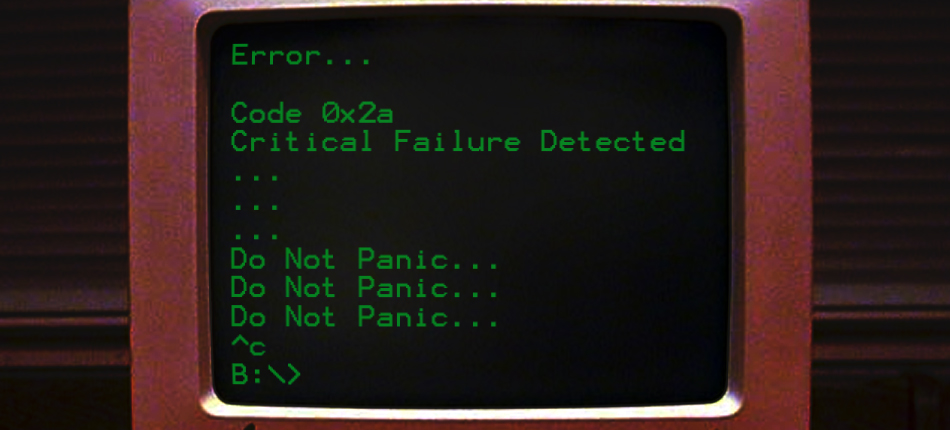How to handle multiple authors, get a your paper written, and not drive everyone crazy
For those just starting out in the paper writing process: Welcome! It’s an exciting journey! In the field of HCI, having multiple coauthors is normal. So, in the spirit of helping everyone out, here is a handy guide to help manage the project of getting a paper written when there are multiple coauthors. (And honestly, some of this is probably good if you’re solo on a paper, too.)
A PDF version of this guide is available here.

Step 1. Establish norms among the authors.
- Versioning: how will you handle multiple versions of the paper? Where will they be stored? Who will have access to them? What software will you be using?
- Along with versioning, set clear norms around document names and stay consistent for the entire lifecycle of the paper.
- Authorship: clearly identify tentative author order,
explain community norms to outside authors, establish expectations of %
contribution
- This also means establishing when various authors on the team will be involved. Some may come in at the end to shape the discussion while others might help with literature review. This should be decided upon now to avoid surprises down the road.
- Set deadlines. Be flexible. Know that everything will probably take 3x longer than you expect.
Step 2. Early-stage Drafts.
- Adhere to versioning established in step 1.
- Co-writing or tandem writing is fine for early stages of writing. This includes splitting up the sections between different authors. Be sure everyone is aware of what everyone else is doing to avoid doubling up on the work.
- When making big conceptual decisions about the paper, consult all of the authors involved for feedback.
Step 3. Later-stage Drafts.
- After some agreed-upon time (as most sections are filled in, for
example), move to writing in sequence, rather than parallel. This helps avoid
having a choppy sounding paper and makes sure things like the overarching
thread is pulled throughout the paper.
- This means someone will have the “lock” on the paper. Establish norms around how this is specified and handled. This can be a simple “I have the lock” to the group via email (or slack), meaning no one else should be working on the draft. Or using file names in the shared folder to indicate when a draft is “in progress” or “done.”
Step 4. Final Draft & Submission.
- Congrats on getting to a final draft! Be sure all authors have signed off on the final version before submitting.
- Be sure to send the final version after submission for everyone’s records.
Step 5. Revisions & Camera Ready.
- Co-authors are great for sharing the joy of an acceptance or commiserating over a rejection. Be sure to be clear about who will be helping with revisions if needed.
- If a paper is being resubmitted to another venue, this entire process starts over again. Good luck!
*Other Thoughts*:
- Clear, frequent communication is key. Ghosting your co-authors isn’t cool.
- This process is hard and everything I mentioned above are skills. That means the only way to get better is through practice.

What other things are important to remember about the writing process? Leave a comment below!


Leave a Reply